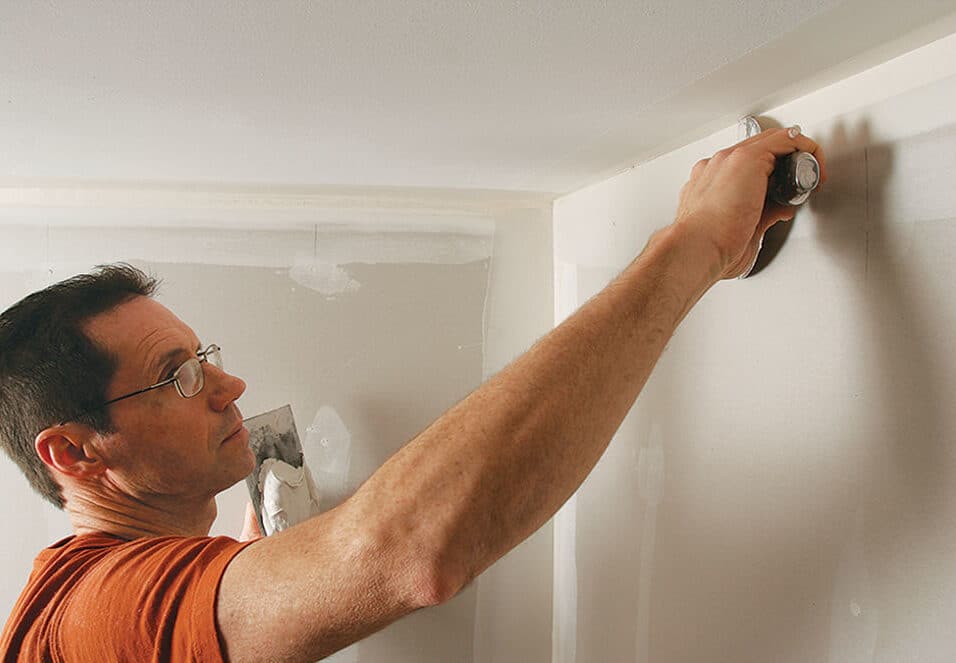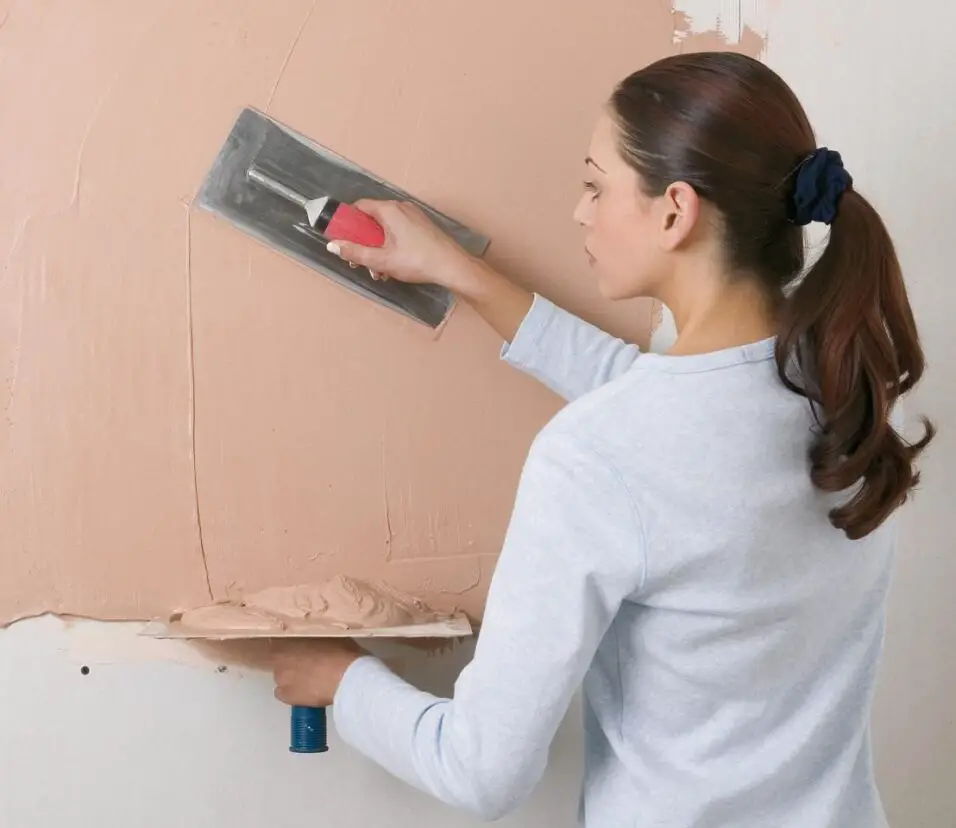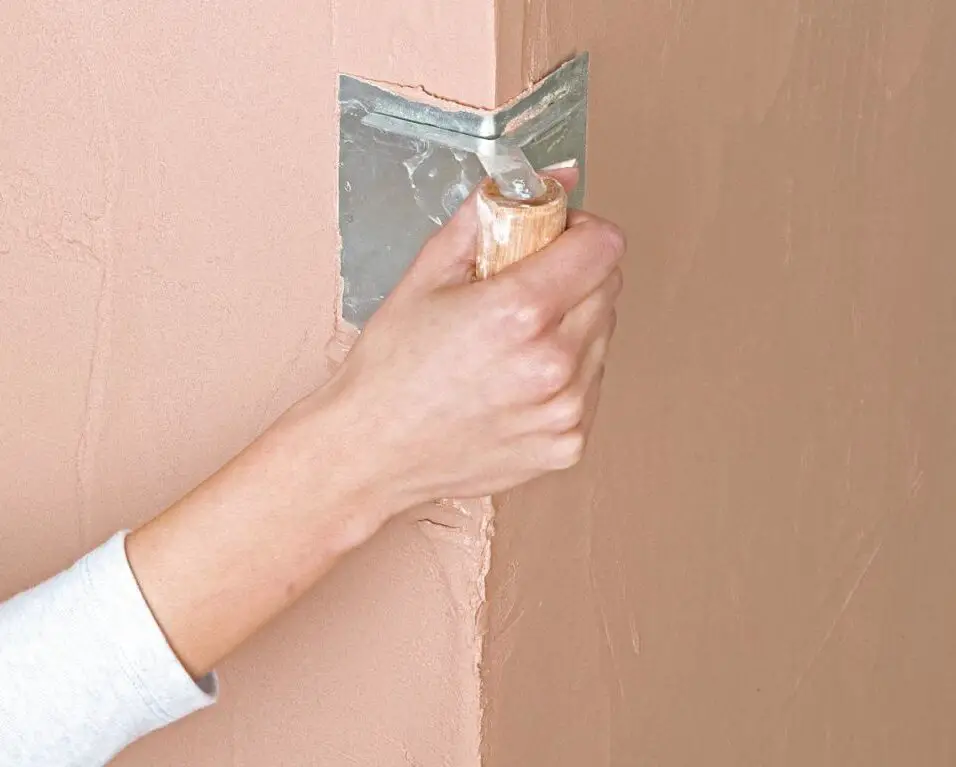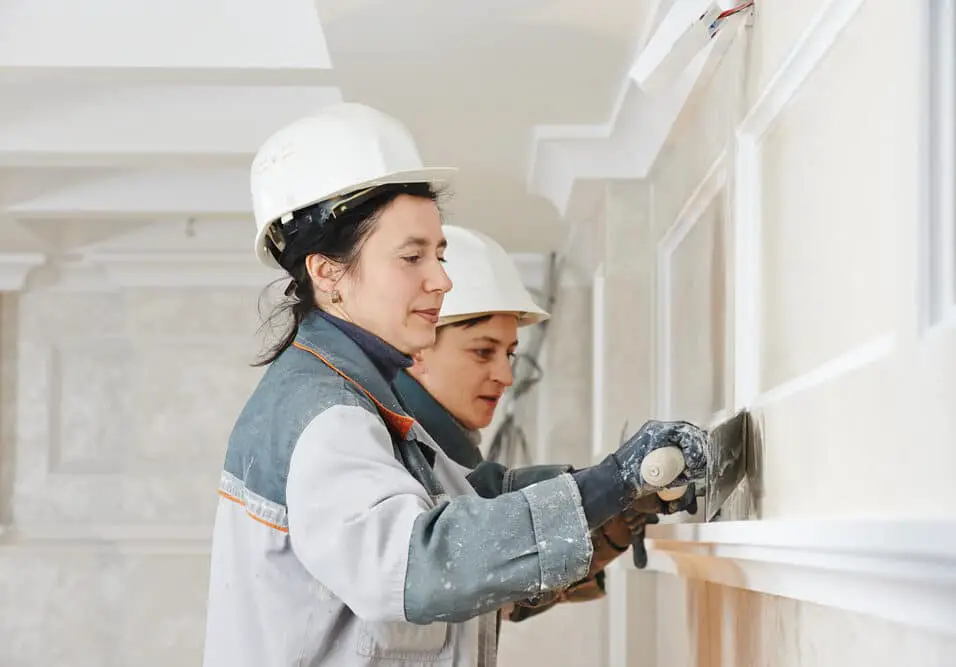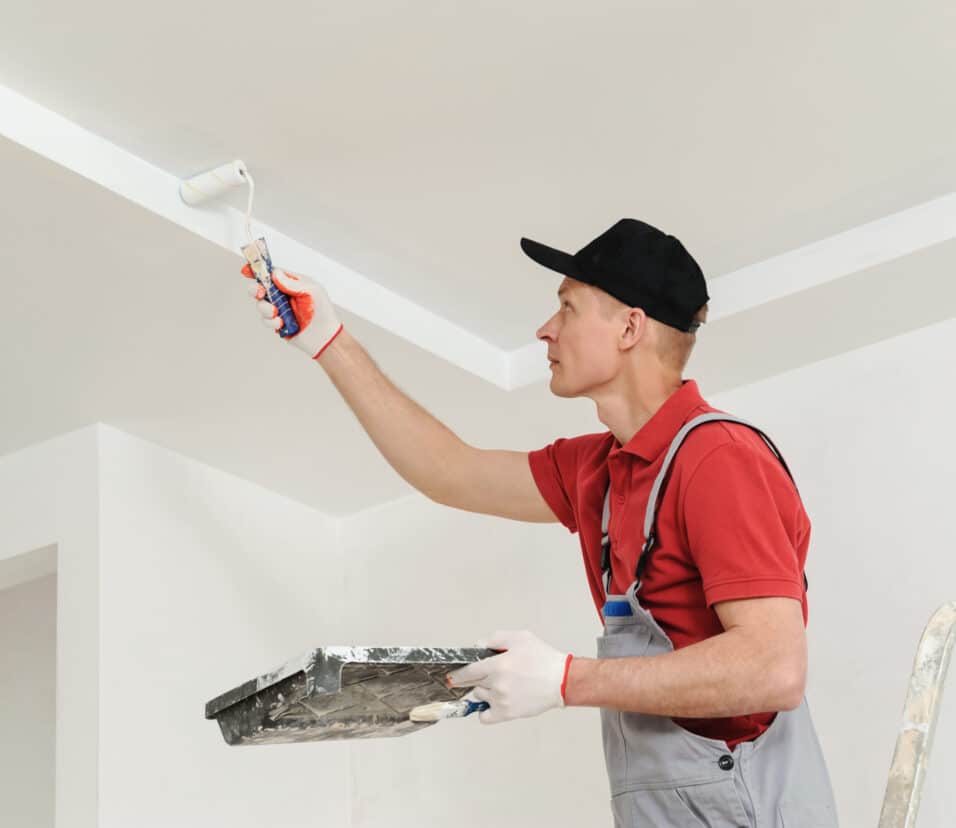How To Install Wall Panels Without Adhesive
Introduction
How To Install Wall Panels Without Adhesive: Are you looking to transform your space with elegant wall panels but want to skip the mess and permanence of adhesive? You’re in the right place! Welcome to our comprehensive guide on “How to Install Wall Panels Without Adhesive.”
Wall panels can breathe new life into any room, whether it’s your home, office, or commercial space. But not everyone wants to commit to the traditional method of gluing them in place. This tutorial aims to provide instructions for securely attaching wall panels without the use of glue, making it suitable for both renters wanting a temporary décor upgrade and individuals who prefer adhesive-free options. The following step-by-step approach will be outlined.
We’ll discuss creative hanging solutions and interlocking designs that let you enjoy wall panels’ aesthetic and practical benefits while maintaining your walls. No future damage or messy adhesive removal.
By the end of this guide, you’ll have the skills and knowledge to achieve a stunning wall wood paneling installation that’s as versatile as it is beautiful. Let’s embark on this adhesive-free journey and elevate your space effortlessly.

Can you do wall panelling without nails?
Attach the panelling!
We used No Nails to attach the panelling along our staircase wall but with so many panels to attach it’s not something I’d recommend for a larger project. This time we used our nail gun to attach the panels (which is still our favourite tool ever!).
Yes, you can install wall paneling without using nails. There are several alternative methods that allow you to achieve this. One common approach is using adhesive. High-quality construction adhesives can securely bond wall panels to the wall without the need for nails. This method is often chosen for its clean and seamless appearance, as it eliminates visible nail holes. However, it’s essential to ensure that the adhesive is appropriate for the type of wall panel material you’re using and that the wall surface is clean and prepared for adhesion.
Another option is a mechanical fastening system that doesn’t involve nails. Some wall panel systems come with clips, brackets, or interlocking designs that allow you to attach the panels to the wall without nails. These systems are not only nail-free but also offer flexibility in case you want to remove or rearrange the panels in the future.
In summary, while nails are a traditional way to install wall paneling, you can absolutely achieve a nail-free installation using adhesives or innovative panel attachment systems. The method you choose may depend on your preference, the type of wall panels, and the condition of your walls.
How do you stick wall panels to the wall?
Place your panel onto the marked wall and use a laser level to ensure the panel is straight. Apply strong adhesive to the back and apply to the wall – be sure to press down firmly and leave to dry. Continue to add the vertical panels first, followed by the horizontal panels.
There are several methods to stick wall panels to the wall, depending on the type of paneling and your desired outcome.
Here are some common approaches:
Adhesive: High-quality construction adhesive is widely used for bonding wall panels to the wall. Clean the wall surface thoroughly, apply adhesive evenly to the back of the panel, press the panel onto the wall, and secure it with temporary braces until the adhesive sets. This method creates a seamless and nail-free look.
Mechanical Fasteners: Some wall panel systems come with clips, brackets, or interlocking mechanisms that allow you to attach the panels to the wall. This method doesn’t require nails and provides flexibility for panel removal and rearrangement.
Double-sided Tape:
Double-sided adhesive tape can be used for lightweight or temporary wall panels.
Velcro Strips: Velcro strips are another option for lightweight and removable panels. Attach one side of the Velcro strip to the back of the panel and the other to the wall. Press the panel onto the wall to secure it.
Magnetic Panels: Magnetic wall panels are designed to adhere to walls through magnets. These panels are easy to install and remove, making them a great option for renters.
Can you install wall paneling without drywall?
If you want to save money by installing wood paneling without drywall, fasten it to the wall. Wood paneling can be installed directly over walls at least ¼ inch (0.635 cm) thick in most states, however municipalities may have various requirements.
Wall paneling can be installed without drywall, depending on the situation and type. Wall panels are usually attached to drywall, which is smooth and even. With proper preparation and materials, you can install paneling directly on another wall without drywall.
Here are some alternative options:
- Plywood or OSB: You can attach wall panels directly to plywood or oriented strand board (OSB) if your walls are made of these materials. Ensure the substrate is properly secured to the wall studs and is free from any irregularities that might affect panel adhesion.
- Furring Strips: Install horizontal furring strips on the wall, securing them to the studs. Then, attach the wall panels to the furring strips. This method creates an air gap between the panels and the wall, which can be beneficial for insulation and moisture control.
- Concrete or Brick Walls: If you have concrete or brick walls, you can use masonry anchors, adhesive, or specialized fasteners designed for these surfaces to attach the panels securely.
- Paneling Systems: Some paneling systems are designed to be installed directly on wall studs, bypassing the need for drywall altogether. These systems often include integrated insulation and vapor barriers.
In summary, while drywall is a common substrate for wall paneling, you have options for installing paneling on different types of walls. Choose the method that best suits your wall’s composition and your desired outcome.
Should I glue or nail paneling?
Whether you should glue or nail paneling depends on various factors, including your preferences, the type of paneling, and the wall’s condition. Here are some considerations for both methods:
Gluing:
- Pros: Gluing wall panels creates a clean, nail-free appearance with no visible holes. It’s suitable for a wide range of paneling materials and is often easier for DIY installations.
- Cons: It can be challenging to remove glued panels without damaging the wall surface. The choice of adhesive is critical, and it may not be suitable for all wall types.
Nailing:
- Pros: Nailing provides a strong and secure attachment for wall panels. It’s a traditional method that’s been used successfully for many years. Nails can be removed more easily than glued panels, making it a good option if you anticipate changing the panels in the future.
- Cons: Nails leave visible holes that need to be filled and painted or covered. It may require more skill and tools to ensure panels are level and properly secured.
Ultimately, the decision between gluing and nailing paneling depends on your specific project goals. If you want a clean and seamless look, adhesive may be the way to go. If flexibility and ease of removal are more important, nailing might be preferable. Consider the type of wall paneling, your long-term plans for the space, and your skill level when making your choice. Additionally, you can also explore innovative mechanical fastening systems as a compromise between the two methods.
What kind of glue to use on wall panels?
LIQUID NAILS® Paneling Wood & Foam Molding Adhesive (LN-606) is specially designed for projects like paneling and molding where instant hold is needed. The fast, sure hold of this construction adhesive provides precision placement and minimizes nailing. Twenty minute open time and an impact-resistant bond.
Here are some common types of glue for wall panel installations:
Construction Adhesive: It provides a strong bond and is easy to work with. Be sure to choose an adhesive that is compatible with the specific material of your wall panels.
Contact Cement: Contact cement is suitable for laminated wall panels or veneer panels.This adhesive creates a very strong bond when properly applied.
Liquid Nails:
Liquid Nails is a brand of construction adhesive that offers a variety of specialized formulations for different applications. They have products designed specifically for paneling, making it a convenient choice.
Panel Adhesive: Some manufacturers produce panel adhesive specifically designed for their wall panel products. These adhesives are formulated to work best with their panels and are a reliable choice.
Mastic Adhesive: Mastic adhesive is often used for installing ceramic or vinyl wall tiles but can also be used for some types of wall panels, particularly those made of PVC or other plastics.
Before applying any glue, ensure that the wall surface is clean, dry, and free from dust or grease. Follow the manufacturer’s recommendations for the specific adhesive you choose, as application methods and drying times can vary.
Is wall panelling a good idea?
Wall paneling can be an excellent idea for various reasons, depending on your goals and preferences. Here are some advantages and considerations to help you determine if wall paneling is a good idea for your space:
- Aesthetic Appeal: Adding texture, dimension, and character to walls using wall paneling improves their appearance. You may get the appearance you want with its many types, from traditional wood paneling to modern, sleek designs.
- Insulation: Some wall paneling systems come with built-in insulation properties, which can help improve energy efficiency and soundproofing in a room.
- Protection: Wall panels can protect walls from wear and tear, making them an excellent choice for high-traffic areas or areas prone to moisture, like bathrooms.
- Easy Maintenance: Many wall panels are easy to clean and require minimal maintenance compared to painted or wallpapered walls.
- Versatility: Wall paneling comes in several materials and styles to meet your needs and may be utilized in home and commercial environments.
Is paneling easy to install?
Here are some general considerations:
Type of Paneling: Some types of wall paneling are easier to install than others. Interlocking panels or those with adhesive backing can be relatively straightforward for DIYers. Tongue-and-groove wood paneling may require more skill and precision.
Surface Preparation: Properly preparing the wall surface is crucial for a successful installation. The wall should be clean, dry, and smooth. If there are imperfections or damaged areas, they may need to be repaired before installation.
Tools and Materials:
Having the right tools and materials on hand, such as a level, measuring tape, saws, and adhesive (if needed), is essential for a smooth installation process.
Skill Level: If you have experience with DIY projects and working with tools, you may find paneling installation easier. However, many paneling systems are designed with the DIYer in mind and come with comprehensive instructions.
Time and Patience: Installing wall paneling can take time, especially if it involves cutting panels to fit around obstacles or corners. Patience and attention to detail are key to achieving a professional-looking result.
Professional Installation: If you’re unsure about your DIY skills or the complexity of the installation, consider hiring a professional installer to ensure a flawless outcome.
In summary, the ease of installing wall paneling can vary, but with the right preparation, tools, and instructions, it can be a manageable DIY project for many homeowners.
Are wall panels easy to install?
Panelling has become a popular DIY trend due to how quick, easy, and cost-effective it is to do. With various types of panelling available, there are a few different ways you can do DIY panelling at home. Check out our quick and easy steps below on how to do board and batten wood panelling.
The ease of installing wall panels depends on the type of wall panels you choose and your level of DIY experience. Here are some factors to consider:
Type of Wall Panels: Different types of wall panels have varying levels of complexity when it comes to installation. For example, peel-and-stick wall panels or those with adhesive backing are generally easier for DIY enthusiasts because they require minimal tools and no additional adhesives. On the other hand, traditional wood paneling or intricate decorative panels may require more skill and effort to install.
Surface Preparation: Properly preparing the wall surface is crucial for a successful installation. Ensure the wall is clean, dry, and smooth before beginning the installation process. Any imperfections should be addressed.
Tools and Materials:
The tools and materials needed for wall panel installation can vary. Common tools include a level, measuring tape, saws, adhesive (if required), and mounting hardware (if not adhesive-backed). Having the right tools and materials on hand is essential for a smooth installation.
Instructions: Many wall paneling systems come with detailed installation instructions. Following these instructions carefully is key to achieving a professional-looking result. If you’re unsure, consider seeking advice or watching installation tutorials online.
Skill Level: Your DIY skill level plays a significant role in how easy or challenging wall panel installation will be. If you have experience with similar projects or working with tools, you may find it easier. However, many paneling systems are designed to be user-friendly for DIYers of various skill levels.
Time and Patience: Installing wall panels can be a time-consuming process, especially if you need to cut panels to fit around corners or obstacles. Patience and attention to detail are essential for a successful installation.
Professional Installation: If you’re uncomfortable with the DIY process or the project’s complexity, you can hire a professional installer to ensure a flawless result.

Conclusion
You’ve now mastered the art of installing wall panels without adhesive, opening up a world of creative possibilities for your living or working space. By following the steps and tips outlined in this guide, you’ve learned how to transform your walls without the mess and permanence of traditional adhesives. Plus, you’ve safeguarded your walls from potential damage, making this method a practical choice for both renters and homeowners.
We hope this guide has empowered you to explore new design horizons and express your unique style with install wall panels. Remember, the beauty of adhesive-free installation lies not only in its ease but in its adaptability. So, go ahead, get creative, and enjoy the transformation of your space.
Thank you for choosing our guide on “How to Install Wall Panels Without Adhesive.” Your walls will thank you for it!




